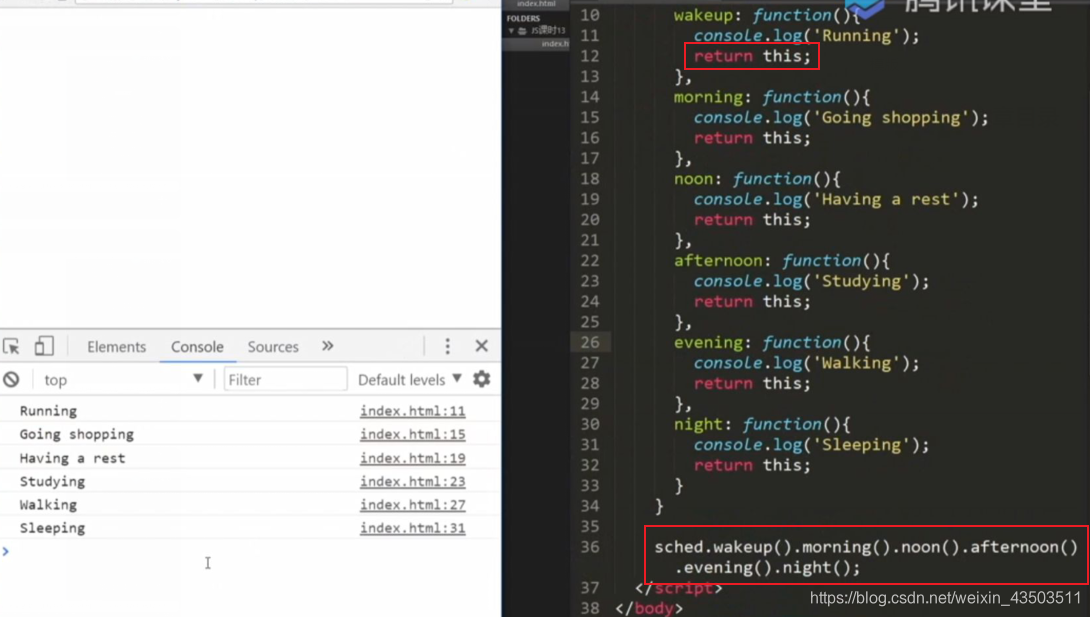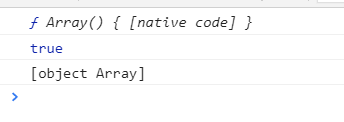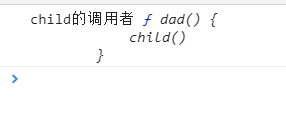链式调用
- 在每个函数内部return this

访问对象属性
- 点语法
[]中括号内是字符串或是变量
数组是特殊的对象
对象属性遍历
- for in(遍历对象或数组) - 不必再用Object.keys那么麻烦了
for(var key in obj){console.log(obj[key])// obj.key返回undefined// 因为js引擎会转换为obj['key']
}
- instanceof
console.log([] instanceof Array) // true
console.log([] instanceof Object) // true
console.log({} instanceof Object) // true
- 类型判断
var a = [] || {}
console.log(a.constructor)
console.log(a instanceof Array)
console.log(Object.prototype.toString.call(a))
// 实际运用时先缓存 var strFn = Object.prototype.toString// Object.prototype = {
// toString:function(){
// this.toString() // this → a
// }
// }


函数内部的this
- 只要没有实例化构造函数,函数内部的this指向window
- 全局范围的this指向window
- 构造函数内this指向

arguments.callee - 正在被执行的函数对象
function test(a, b, c, d) {console.log(arguments.callee.length)
}
test() // 4
- 应用,在自启动函数中使用递归,且不需要函数名
var res = (function (n) {if (n <= 1) {return 1}return n = n + arguments.callee(n - 1)
})(10);
console.log(res) // 55
caller - 当前函数的调用者
- 严格模式下,使用arguments、callee、caller会报错
dad()
function dad() {child()
}
function child() {console.log('child的调用者', child.caller)
}

练习

- typeof的返回值有几种:6种
- 如何不用isNaN判断NaN(转换成字符串)


- 引用值对比的是地址(这个是比较,不是隐式类型转换)



- 函数test的AO有a

apply、call传null,this指向是什么
function Test(name) {this.name = name
}
function Test2() {Test.call(null, '测试')
}
console.log('obj', new Test2())


)


)



》读书笔记)










